
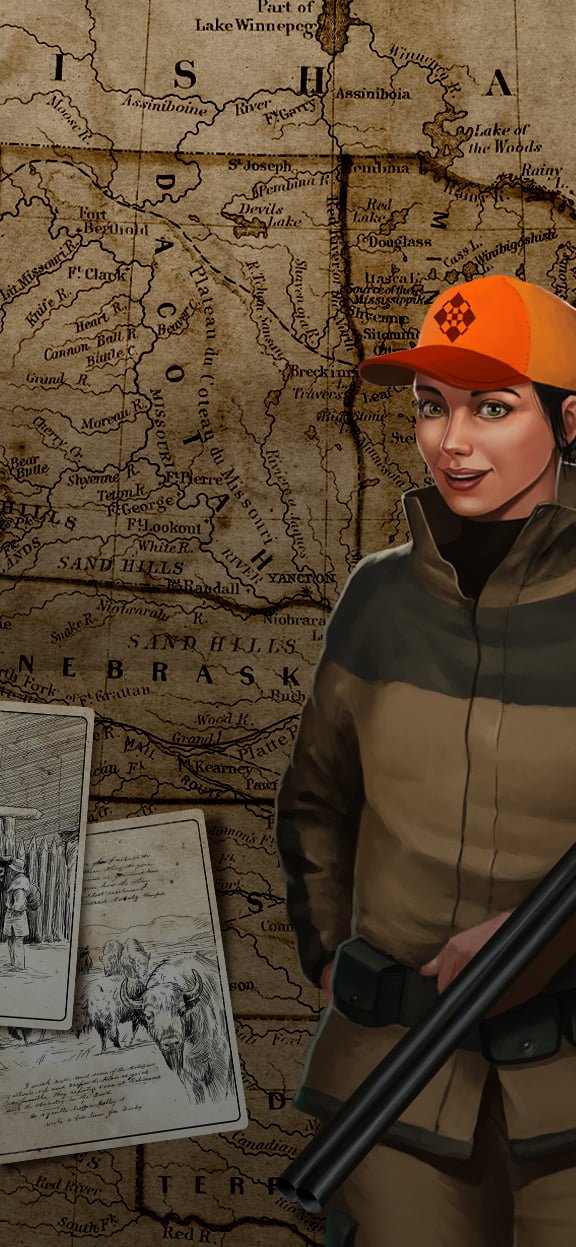


In today’s world of the gaming industry, a question about the importance of inclusive language and diversity in games is being raised more than ever. In spite of appearances, creating a game that will be inclusive and diverse is not easy. It requires a change of mindset. In this article, we would like to show you how to start thinking about inclusivity while creating.
At some point, game producers realized that games should be created with all possible players kept in mind and provide a good user experience for everyone. That way, we can target everyone in our potential player base and resonate better with them. Moreover, using inclusive language has become a significant trend in linguistics. People started to pay more (deserved) attention to making sure that how we speak reflects our beliefs and social demands as a community. Some might ask if it is really that important to mend our vocab and grammar to include everyone in the messages and copy we write? Why does language matter anyway? Can we say that we did a good job as long as the message is clear and the grammar is proper? Well, it is more complicated than it seems.
According to American linguist B.J. Worf, the language we use reflects who we are. Moreover, the language we use severely impacts us, as it shapes our thoughts, providing a framework through which we make sense of the world. What if we told you that the way time is perceived may differ from language to language? Imagine a test.
Lera’s Broditsky TED talk
There are ten pictures of people to be set in order. The instruction is: “arrange the pictures from the one with the youngest looking person to the one with the oldest looking person. European-language speakers usually set them from left to right, but Mandarin speakers would probably arrange them top to bottom, and Hebrew or Arabic speakers, from right to left. Interestingly enough, people who speak the indigenous Australian language of Kuuk Thaayorre, when given this task, arranged the pictures east to west, so when they were facing south, they arranged them left to right, when facing north, right to left, and when facing east, the time came towards the body. The differences come from how time is perceived and expressed in different languages and from concepts and vocabulary that exist in certain languages. For the people who speak Kuuk Thaayorre, right and left don’t exist, so if you’d ask them directions, they would not tell you to go straight and turn right, but, e.g., to head south then west.
There are many more similar differences. Some languages differ in how they divide up the color spectrum. The boundaries between colors aren’t universal too. In English, we have the word blue in which any different shades of blue are contained. However, in Ukrainian, there isn’t a single word, as the language differentiates between light blue and dark blue. Some other languages have only a few colors, like “light” and “dark.”
As we already established, the language we use strongly reflects our thoughts. Likewise, the language we employ has a significant impact on our minds. That is why we should make sure our texts are inclusive for all. First of all, it’s a great way of showing that we actually care about them. Secondly, we can normalize it only by being inclusive in our texts. When it becomes a language norm, it might influence how we think. When discussing discriminatory bias in language, you can ask whether the language or the person speaking it is biased. The truth is that “both” languages influence us, and we influence the languages, which is why it’s important to drive such biases from use.
That statement is just as true as a cake from Portal.
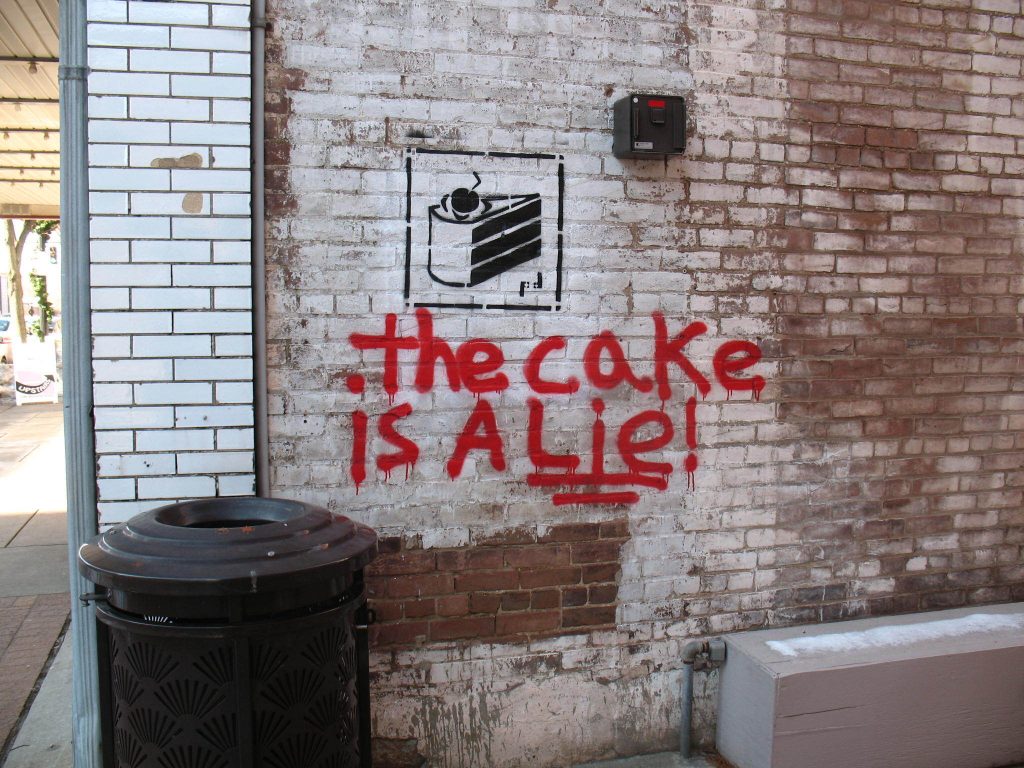
To give you some perspective, here are a few statistics. According to recent studies, in 2021, around 45% of the gamers were women. It means that the group that is treated as a marginal minority in most of the cases is actually almost half of the market. With that, we can comfortably say that there is a sound reason behind using language that also includes them. In 2017 there was also a study on the percentage of “sometimes and often” players among people from different ethnic groups. It turns out that black, non-Hispanic people are most likely to be regular players when compared to white and Hispanic people. What does it tell us? By including more ethnically-diverse characters in our products, we can hit much better retention rates among those groups.
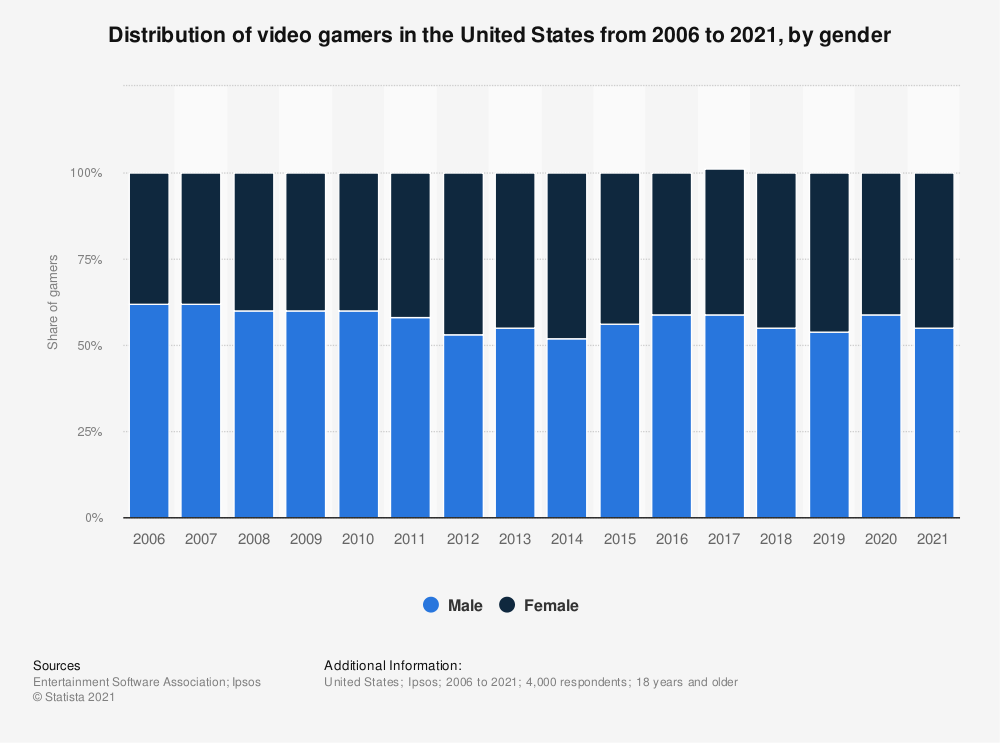
Before we look into our games, we would like to invite other companies to the stage.
Let’s start with EA’s approach to the topic. In the upcoming Battlefield game, one of the protagonists uses “they/them” pronouns. In English, it’s quite simple as the language already has gender-neutral forms. What’s actually interesting is the approach to polishing the localization of the game. First, you will need to get some backstory. Some time ago, there was a sci-fi book called “Perfekcyjna niedoskonałość” (en. Perfect Imperfection) that described a futuristic world in which genders have merged into one. Since Polish is a gender-sensitive language, the author, Jacek Dukaj, has created separate grammatical forms to refer to people. For a long time, those forms have been trying to make their way to the language, but not many people have heard about them. We were pleasantly surprised to see them in such a big production.
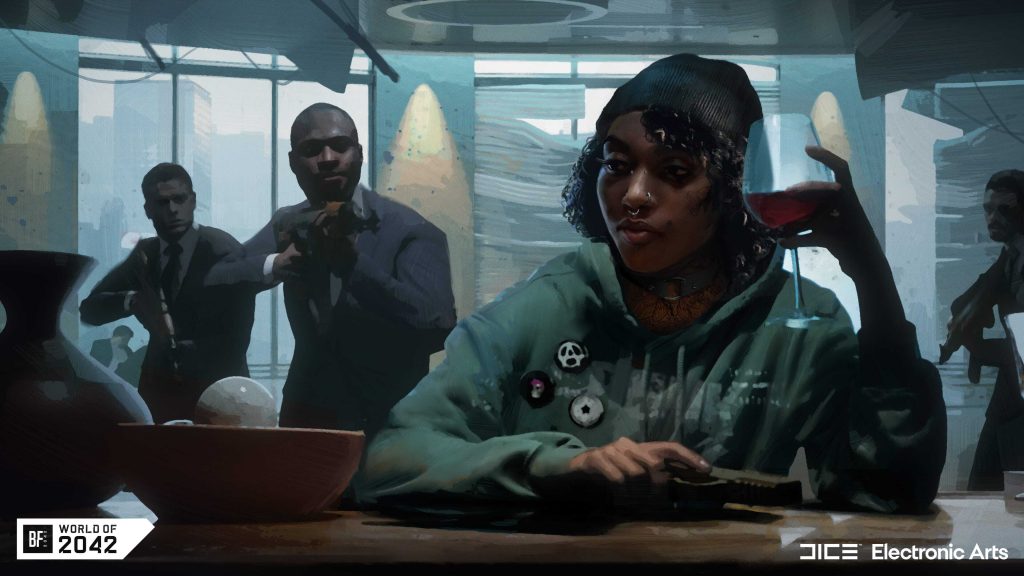
The great thing is that Battlefield isn’t the only one to use that approach to gender neutrality in Polish and English. Playing a game from a totally different genre you can also meet a nonbinary character. Bugsnax is a cute game where you explore an island habited by colorful bug-snack creatures. You get to the island invited by a leader of the exploration team. One of the team’s members is Floofty Fizzlebean. In the English version of the game, that character is using they/them pronouns. Again. Nothing hard when it comes to the language. Carried by curiosity, we checked the polished version of the game. Surprisingly, we found out that this game was also using the same neutral forms as Battlefield, inspired by Dukaj’s books. It was a nice touch that strengthened our belief that sometime in the future, we will see those neutral forms make their way to polish language for good.
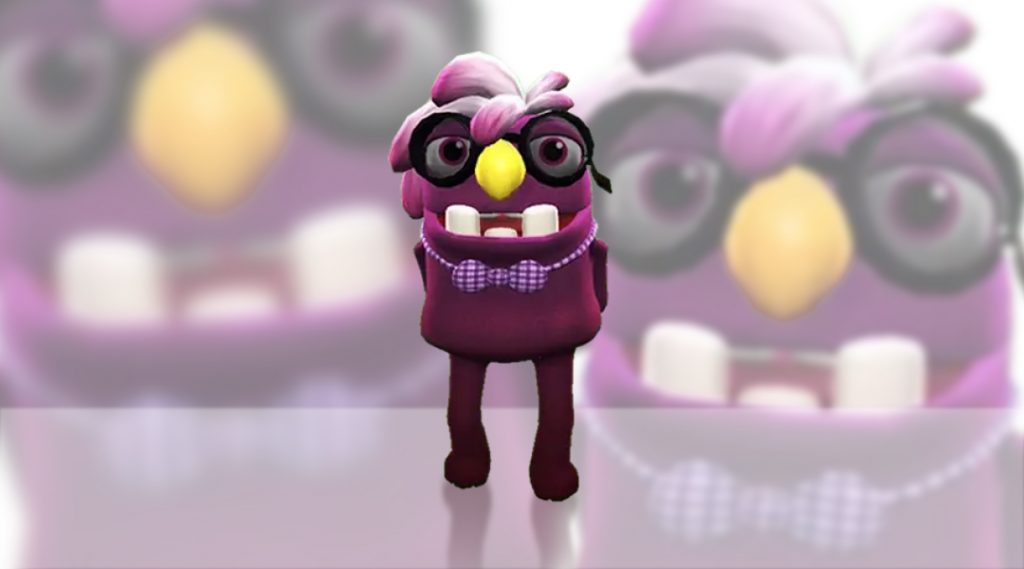
The last one on our list will be a game that, on first thought, wouldn’t even be considered inclusive as most people don’t associate fun and mayhem with Diversity & Inclusion projects. That game is the Saints Row series. What stands out the most about the production is the team behind it. That game was created by one of the most diverse teams in gaming. On board, they had people of many orientations, ethnic and national backgrounds, and work experiences. That way, they guaranteed that the jokes made in the game were delivered flawlessly. People who played that game know how in-you-face the game’s humor was. Team members made fun of themselves with the players instead of making jokes at the expense of the players. That slight difference made the game a masterpiece of humor.
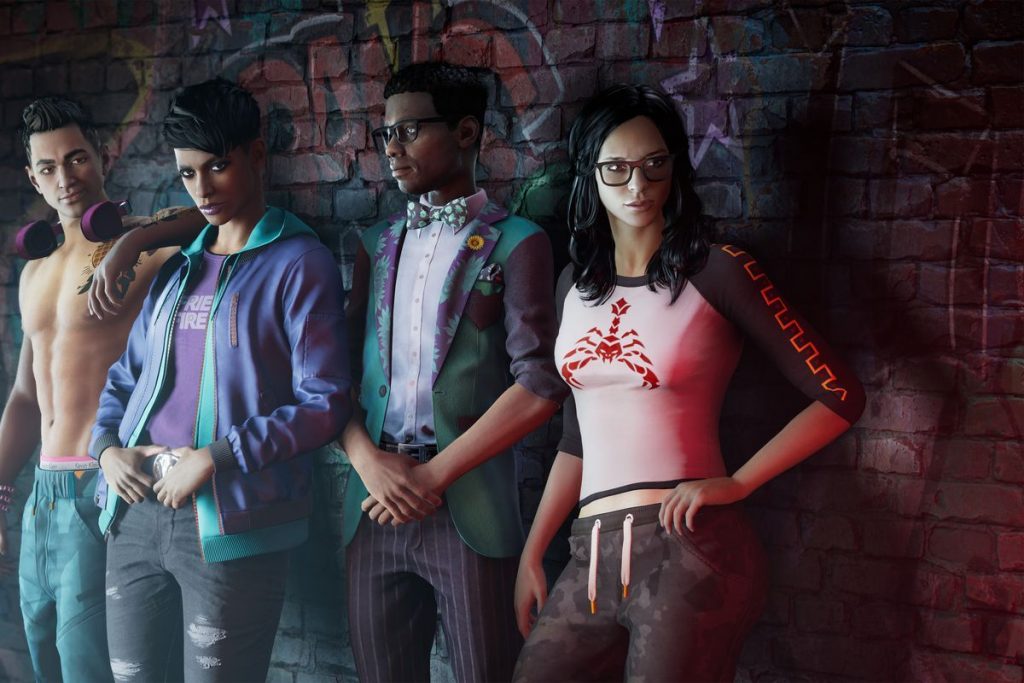
The general rule is simple. Always keep in the back of your head that everything you write and create can be read not only by men but also by women and people in between. Make sure that your texts won’t be discriminatory toward any minorities. Also, try to make the text as accessible for people with vision impairment as possible and use clear, readable fonts. Localization team, we decided to prepare a language guide highlighting essential rules to stick to available on our intranet for everyone. Below we shed some light on the most essential of them, with a bit of explanation that could be a great introduction to implementing inclusive language not only in business, but also in everyday life.
First and foremost, avoid using gender-specific words. Those have their replacements that are inclusive, so there is no reason behind using them. Change your policemen to officers (officer even sounds a bit more respectful!) or a cop, if you want a bit of attitude. Why stick to fisherMAN when you can save some space by just saying fisher? Also, you can use angler if you are feeling fancy.
Secondly, remember that if you are referring to a person of unknown gender, you should use “they.” “Worker will be responsible for his actions” gives a good backdoor for mischief for people that don’t use “he/his” pronouns. Instead, use “Worker will be responsible for their action”. That way, there won’t be any way for people to avoid their responsibilities.
Avoid using stereotypes for occupations (let’s be honest. nobody likes to be stereotyped!). If Mike is working as a nurse in a hospital, he is not a “male nurse.” He is just a regular “nurse.” The same goes for Rachel, who is a surgeon at a hospital (maybe even the same one). She’s not a “female doctor” or (even worse) “doctor lady.” She is just a “doctor.”
Last but not least, try to provide alt-text to pictures and graphs in your products. Alt-texts are basically descriptions for pictures. From the marketing point of view, those help you with SEO (Search Engine Optimization). But what’s even more important is that those texts provide crucial information for people with visual impairments as those texts give information about what’s in the picture. Also, it might be a good idea to keep the whole thing clear and readable. Many tools like MS Word provide tools that check if the page we prepared is friendly for people that might need it.
Well, we are doing our best to make our games inclusive, and recently we started putting even more attention to the diversity and inclusion aspects of our games. The changes began in Fishing Clash – we substituted the word “fisherman” with the gender-neutral term “angler.” Even though that may seem insignificant, it was actually a great step forward, and it marked the beginning of other changes related to inclusive language.
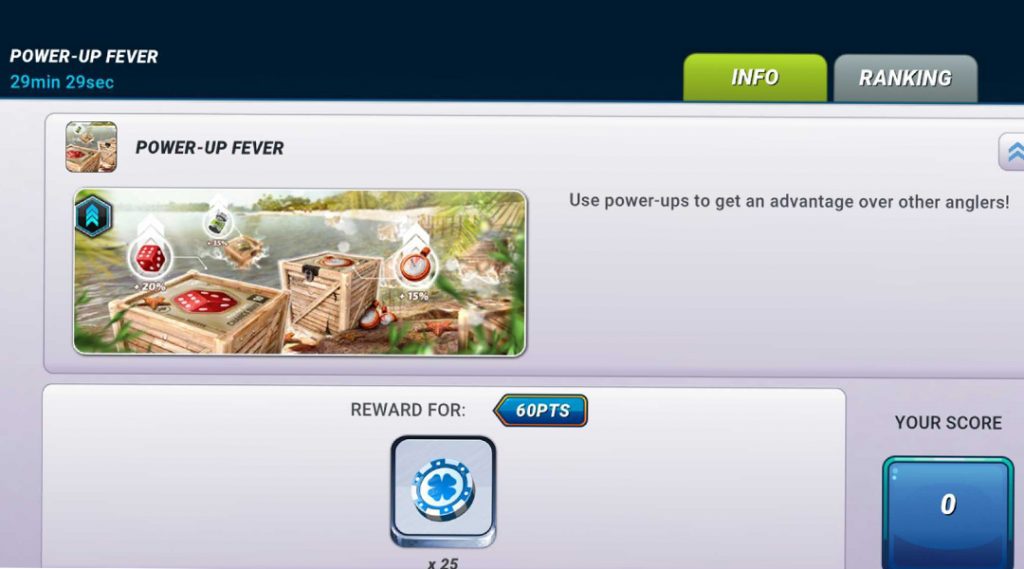
Sometimes we just had it right from the beginning. In Hunting Clash, an inclusive term, “hunter,” was incorporated from the very beginning, and we did not once use the word “huntsman.”
However, English is not the only language available for our players. Fishing Clash can be played in 26 different languages, and we ensure each is inclusive. How do we do that? We cooperate with a trusted partner who provides us with great quality translations, following the “the more inclusive, the better” rule.
As a company, we never slow our pace, striving to improve in every aspect we can. Inclusion is no exception to that rule. That is why we have a Diversity and Inclusion team made of volunteers who wish to actively work on making our company an even better place to work at.

Wojciech Ostrowicz, Junior Translation & Localization Specialist. Being born with a keyboard in his hand, Wojtek always wanted to work in the gaming industry. He works in the localization team, where he ensures that in-game texts are displayed the way they’re supposed to and are understandable to everyone. In his free time, he learns languages. He’s currently learning Japanese and Ukrainian.
Zuzanna Widz, Junior Translation and Localization Specialist. The go-to person when it comes to the localization of Fishing Clash. She’s a linguistics and language enthusiast who pays special attention to inclusivity. She believes that the language we speak to some extent determines how we perceive the world, so it requires our special attention and a mindful approach.


Ten Square Games (TSG) reports a 2023 record high quarterly EBITDA of over PLN 35…
read more
Last weekend a unique event on the scale of the whole country took place - Free2Play Academy. Free2Play…
read more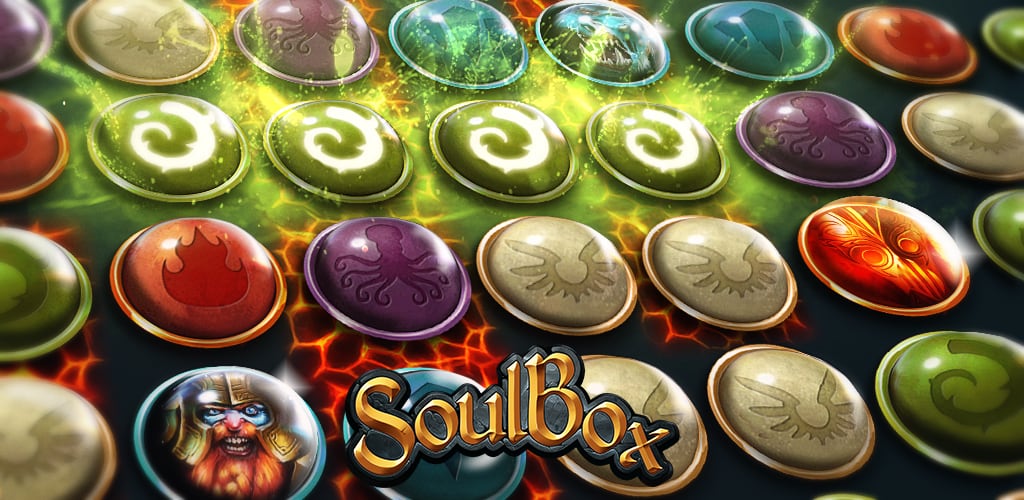
SoulBox is now available globally for Android and iOS devicesWe’re featured as a number one…
read more
Is working as a developer in the gamedev sector different from working in other branches…
read more